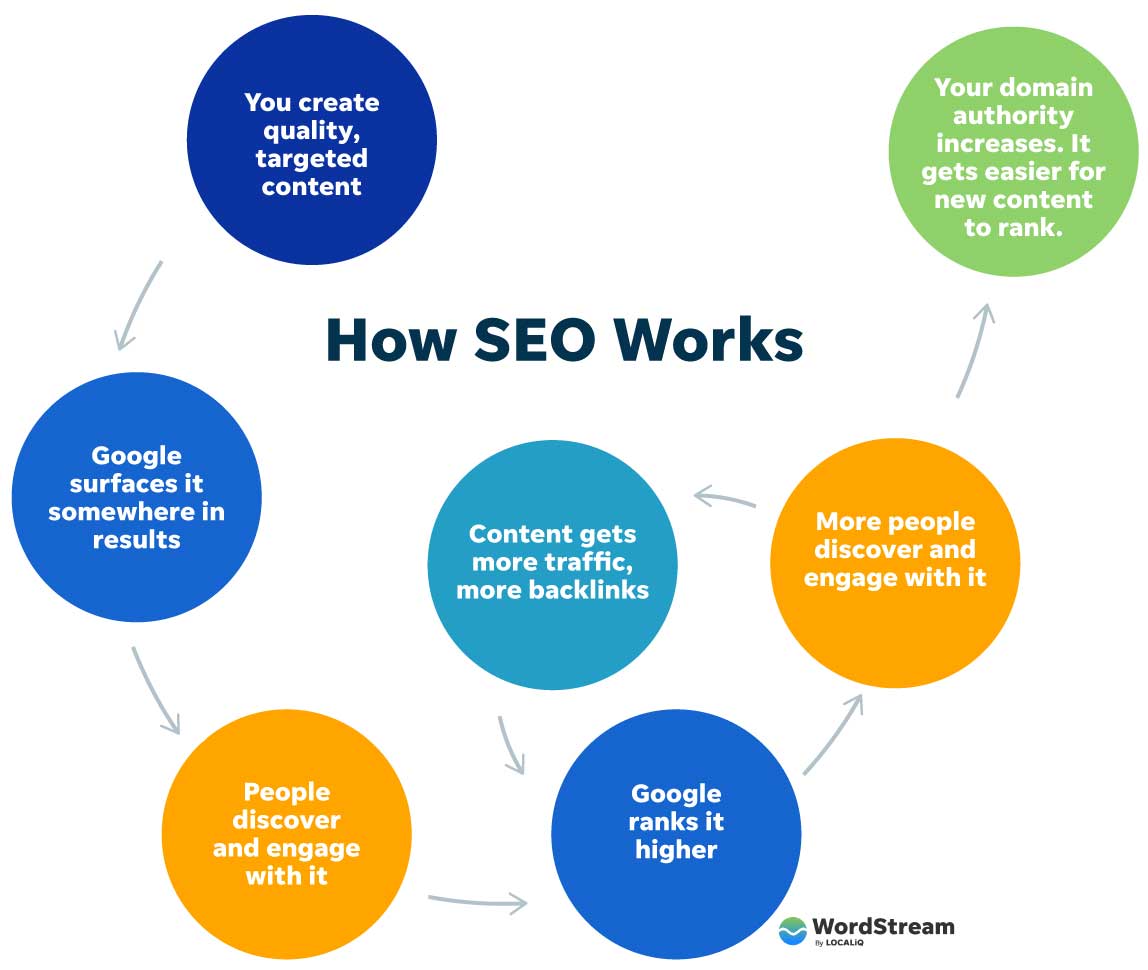In-Depth Analysis: What Is Ruled Out a Default Medium in Google Analytics
Wiki Article
Revealing the Unconventional Mediums in Google Analytics Beyond Default Setups
In the world of digital analytics, Google Analytics stands as a foundation for organizations looking for to understand their online visibility. By venturing past the surface and delving into the complexities of social media information, e-mail project performance, reference traffic resources, straight web traffic patterns, and custom-made channel collections, a prize trove of information waits for those eager to accept a much more nuanced technique.
Leveraging Social Network Insights
Occasionally ignored, yet profoundly useful, is the practice of leveraging social media sites insights within the realm of Google Analytics. By integrating information from platforms like Facebook, Twitter, Instagram, and LinkedIn right into Google Analytics, businesses can get a much deeper understanding of their target market and the efficiency of their social media sites projects.Through this integration, marketers can track and assess user habits on their internet site that originates from social networks systems. They can determine which social networks networks are driving one of the most traffic, which web content is reverberating with the target market, and which campaigns are converting one of the most leads. This understanding permits data-driven decisions to maximize social networks approaches and improve general marketing efficiency.
Furthermore, by combining social media sites understandings with Google Analytics, services can create a lot more targeted and personalized campaigns - what is not considered a default medium in google analytics. They can use demographic info, rate of interests, and on the internet actions collected from social media sites to fine-tune their target market division and supply customized messages that reverberate with certain client groups. This targeted method can result in higher involvement, enhanced conversions, and ultimately, enhanced roi
Discovering Email Project Performance
Uncovering Email Project Efficiency involves evaluating essential metrics and efficiency indicators to review the efficiency of e-mail marketing initiatives. When diving into e-mail project performance, it is essential to evaluate metrics such as open prices, click-through rates, conversion prices, and unsubscribe rates. Open up rates show the portion of receivers that opened up the e-mail, offering understanding right into the performance of subject lines and sender names. Click-through prices determine the portion of recipients who clicked on web links within the e-mail, showing interaction degrees. Conversion prices track the percentage of receivers that finished a preferred activity after clicking a web link in the email, such as signing or making a purchase up for an e-newsletter. Last but not least, unsubscribe prices highlight the number of receivers who pulled out of obtaining further emails, dropping light on email content quality and importance. By evaluating these metrics, marketing professionals can fine-tune their email campaigns for much better involvement and performance.Studying Recommendation Web Traffic Sources
After assessing the performance of email campaigns with essential metrics such as open prices and conversion rates, the next essential action is analyzing reference website traffic sources in Google Analytics to understand where internet site site visitors are originating from and exactly how they interact with the website. Reference traffic sources refer to the websites that guide individuals to your site with clickable web links. By diving into this information, organizations can acquire understandings into which outside platforms are driving website traffic to their website, whether it be social networks platforms, companion sites, or online directories.It assists services identify high-performing recommendation sources that contribute dramatically to internet site web traffic and conversions. Google Analytics provides comprehensive reports on reference home traffic, permitting companies to track the efficiency of each reference source precisely and make data-driven choices to improve their online existence.
Exploring Direct Traffic Patterns
Discovering the direct web traffic patterns in Google Analytics gives useful insights right into user actions and the efficiency of projects - what is not considered a default medium in google analytics. Straight web traffic refers to site visitors that arrive on a site by straight inputting the link into their web browser, making use of book markings, or clicking untagged links. Understanding straight traffic patterns can aid marketing experts evaluate the influence of offline advertising efforts, brand acknowledgment, and the effectiveness of word-of-mouth referencesBy diving right into direct traffic data, businesses can uncover important details about customer intent and brand name commitment. Analyzing the actions of direct visitors, such as the web pages they see, the moment invested in website, and the conversion price, can offer a deeper understanding of user Find Out More involvement and the overall performance of the site in transforming visitors into consumers.
Furthermore, tracking straight web traffic patterns gradually allows organizations to recognize trends, seasonality impacts, and the success of specific campaigns or promos in driving straight sees. This information can then be made use of to refine marketing methods, enhance internet site content, and boost the general customer experience to maximize conversions.
Making Use Of Custom Channel Groupings
Making use of personalized network collections in Google Analytics enables organizations to categorize and analyze their website web traffic based on specific requirements, giving useful insights for enhancing advertising strategies. Custom channel collections allow firms to produce their very own customized groupings of website traffic sources, such as social media sites, organic search, email projects, and recommendation traffic. By defining these groups, companies can obtain a deeper understanding of exactly how different marketing networks add to their website web traffic and conversions.This function is particularly beneficial for businesses with varied marketing approaches across different platforms. For instance, a firm running both paid and natural social networks projects can distinguish between both to examine their private performance accurately. Additionally, personalized channel groupings can assist determine any type of overlooked or underestimated web traffic sources that may be driving useful engagement.
Final Thought

By venturing beyond the surface area and diving right into the ins and outs of social media information, email project efficiency, recommendation traffic sources, straight web traffic patterns, and customized channel groupings, a treasure chest of info our website awaits those ready to accept an extra nuanced method. They can identify which social media channels are driving the most traffic, which material is reverberating with the audience, and which projects are transforming the most leads.After examining the efficiency of e-mail campaigns with crucial metrics such as open rates and conversion prices, the next essential step is evaluating reference web traffic sources in Google Analytics to recognize where website visitors are coming from and how they interact with the website. Custom channel groupings allow firms to develop their very own customized groupings of website traffic sources, such as social media, natural search, email campaigns, and recommendation web traffic. By leveraging social media understandings, revealing email campaign performance, assessing reference web traffic sources, exploring direct web traffic patterns, and utilizing customized channel groupings, marketing professionals can get important insights into their on the internet existence.
Report this wiki page